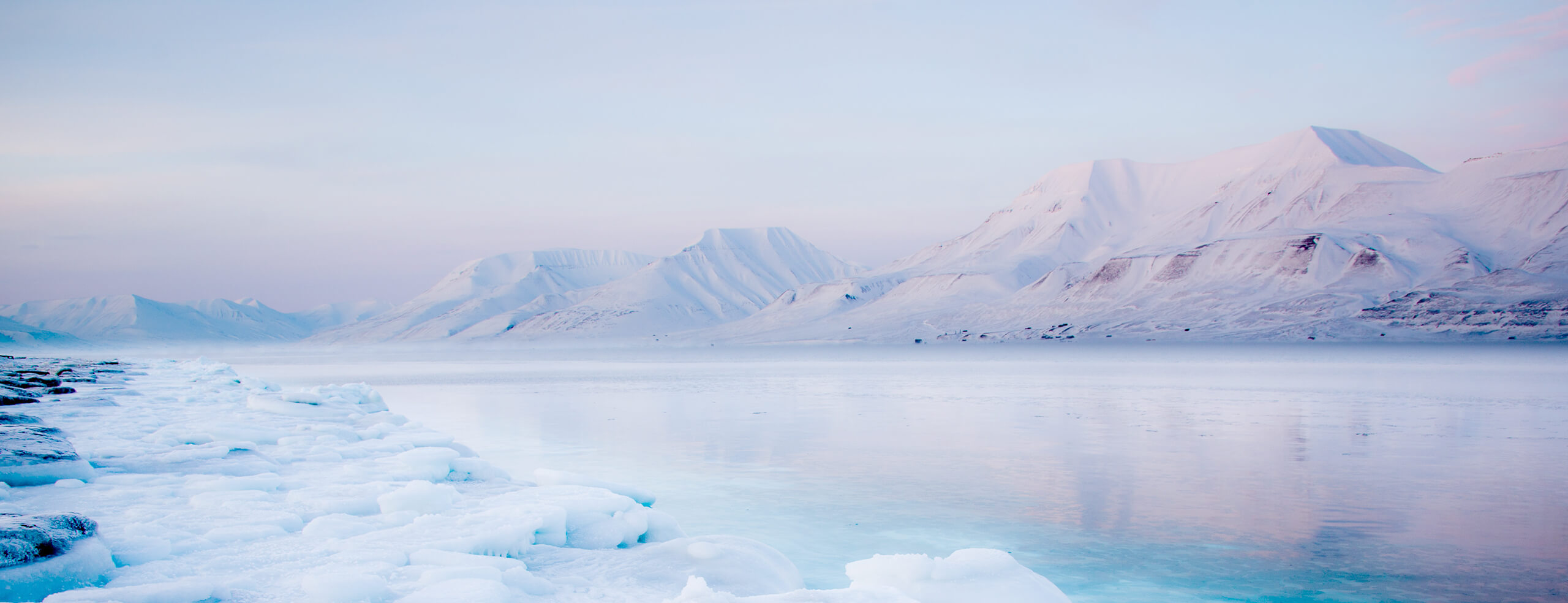CalAct: The impact of light and temperature on Calanus activity patterns in the Arctic
This project is part of the Université Laval / University of Tromsø research partnership.
Principal investigators
Co-investigators
Jørgen Berge, Estelle Coguiec, Gérald Darnis
Collaborators
Jonathan Cohen (University of Delaware), Maxime Geoffroy (Memorial University), Kim S. Last (Scottish Marine Institute), Janne Søreide (University Centre in Svalbard)
Abstract
The Arctic is characterized by an extreme light climate with long periods of permanent darkness or permanent sunlight, and rapid photoperiodic change during spring and autumn. This results in numerous challenges for marine organisms. For instance, life history events such as reproduction and seasonal migration need to be timed to account for pulsed periods of primary production, and diel activities need to be upheld in periods of continuous light or darkness. Circadian clocks play a central role in regulating activities by measuring day-length to synchronize the timing of life cycle events and adjust the organisms’ biology and behaviour to the seasonal succession in light conditions. Under climate warming, the light regime in the water changes as sea ice extent, thickness, and duration are decreasing. At the same time, zooplankton species experience biogeographical northward shifts following the increased inflow of warmer Atlantic water in the Arctic.
This exposes them to stronger seasonal fluctuations in light intensity and photoperiod. We will use an experimental approach to monitor activity patterns and physiological state of copepods of the genus Calanus, key components of the Arctic marine food web, in relation to seasonal and geographical variability in light climate and temperature.
The consequences of changes in light climate on Calanus spp. are completely unknown but may trigger behavioural and physiological responses that will alter productivity and disrupt energy flow in Arctic food webs, with implications for northern communities depending on the services provided by the Arctic marine ecosystems.
Experiments will be conducted on individual Calanus from Northern Norway (70°N), the European Arctic (78-82°N) and the Canadian Arctic (Labrador Sea-Baffin Bay, 60-78°N) to determine behavioural and physiological variability within populations as an indicator for adaptive capacity to change. We will characterize the light (irradiance and spectral composition) and physical ocean properties across latitudes and depths in the study areas and relate these to diel and seasonal behavioural patterns. Autonomous observatories will provide information on seasonal variability in the light climate and vertical migration patterns of zooplankton in the study areas. This will enable us to relate behavioural patterns to life history strategies, such as the timing of seasonal migrations and the seasonal changes in diel vertical migration behaviour, and to assess how these relate to changes in photoperiod. CalAct will expand geographically and taxonomically chronobiological work conducted by collaborators in the European Arctic and Scotland within the framework of the larger project CHASE (Chronobiology of changing Arctic Sea Ecosystems). By extending the investigation to the Canadian Arctic, and by including Calanus hyperboreus, a true arctic copepod dominating zooplankton biomass in oceanic systems, we will achieve an extensive assessment of Calanus chronobiology across different Arctic environments. The project will advance our knowledge of the fundamental regulatory processes behind the light-driven ecophysiology of the Calanus species complex. Our data will contribute to a database of daily and seasonal responses to ambient photoperiod and temperature and will contribute to predict zooplankton optimal behaviour and fitness in a future Arctic Ocean.

